(6681 products available)
































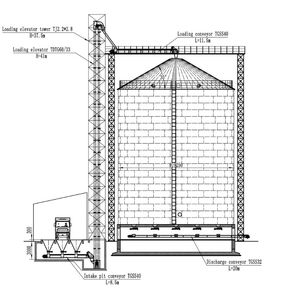


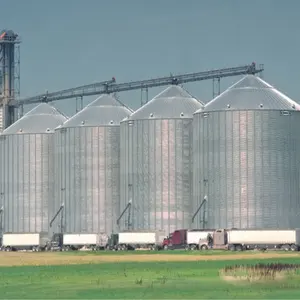












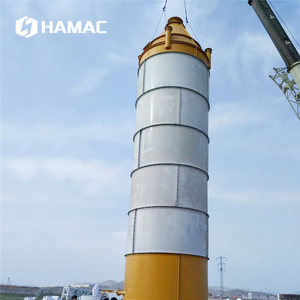

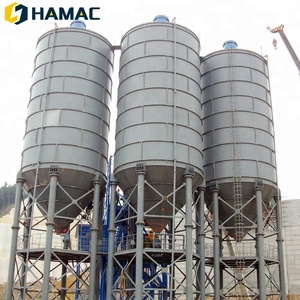



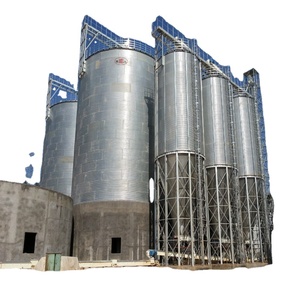

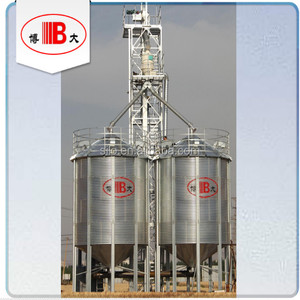

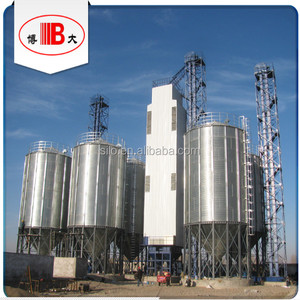


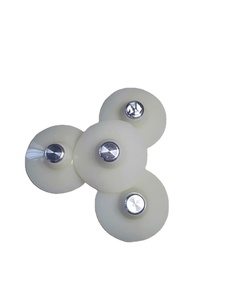
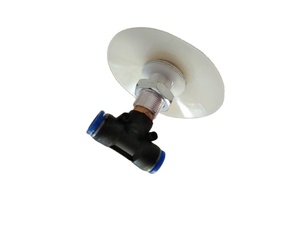
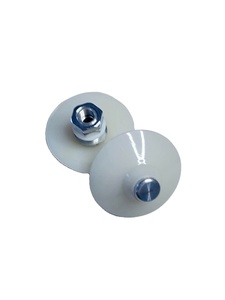














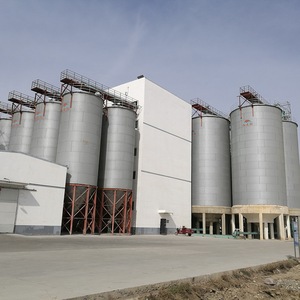

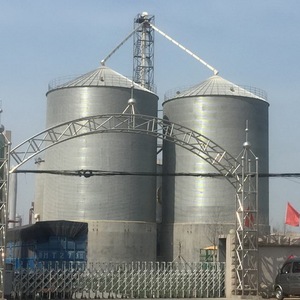




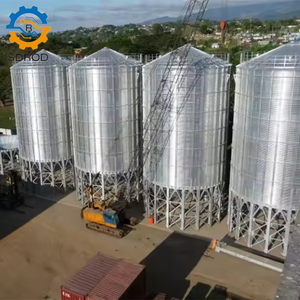









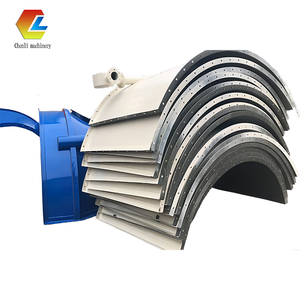



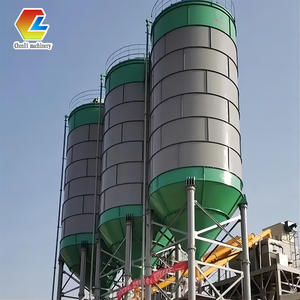








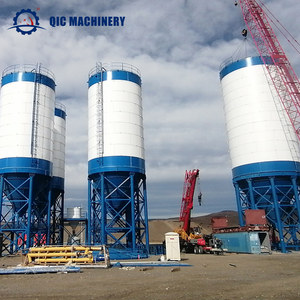


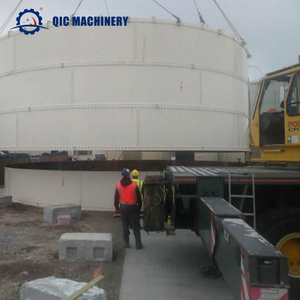
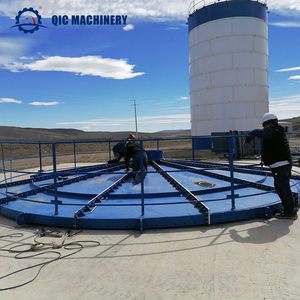













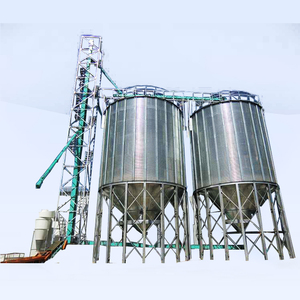









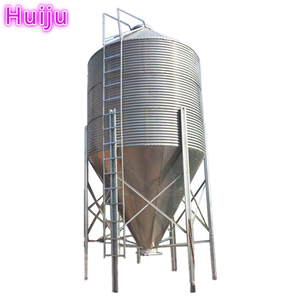











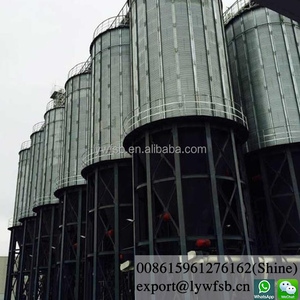






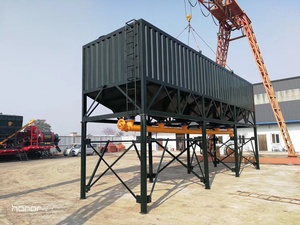











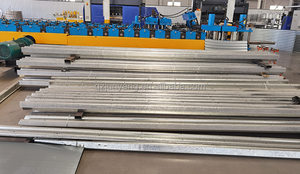




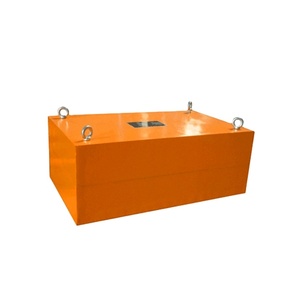
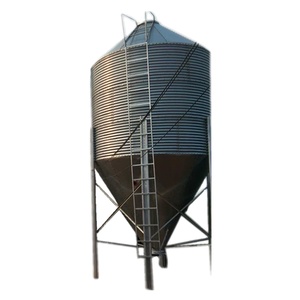

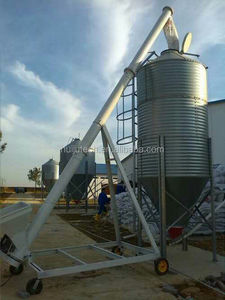



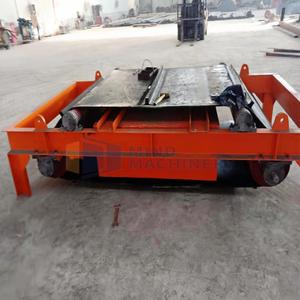

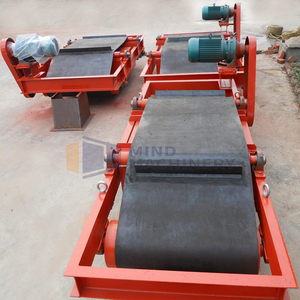













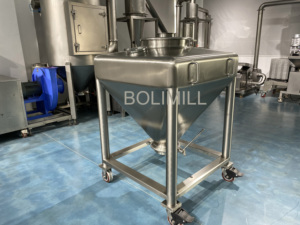

Market Overview: The global market for grain silos and storage systems, including the mine silo segment, was valued at approximately USD 1.56 billion in 2023 and is projected to grow at a compound annual growth rate (CAGR) of 5.48%, reaching about USD 2.27 billion by 2030, according to Research and Markets. This growth trend is largely driven by the increasing need for efficient agricultural storage solutions amidst rising food production demands. Regions such as North America and Asia-Pacific are anticipated to lead the market, with North America showcasing significant investment in advanced storage technologies. The market dynamics are influenced by the growing agricultural sector, technological innovations in silo design, and the increased focus on food security, which collectively underscore the importance of reliable storage solutions like mine silos.
Industry Insights: The grain silos market is characterized by a competitive landscape featuring key players such as Behlen Mfg. Co. and Brock Grain Systems. These companies are essential in shaping market strategies through innovations in silo technology and design. The market share analysis reveals a fragmented sector, where vendors are continuously striving to enhance their offerings, focusing on durability, efficiency, and sustainability. Additionally, consumer behavior is shifting towards eco-friendly storage options, prompting manufacturers to explore sustainable materials and energy-efficient designs. The need for reliable, high-capacity storage solutions is further accentuated by changing agricultural practices and the increasing vulnerability of food supply chains to climate change and global disruptions. As such, the mine silo segment is well-positioned for growth, driven by these evolving market demands and strategic vendor initiatives.
A mine silo is a large storage facility at the end of a mine plant or somewhere near it. Silos or underground bunkers are used to stockpile materials and ore at the mine's surface. Storage facilities are usually vertical or horizontal. Ore passes, chutes, bins, and hoppers are types of silos used to transport bulk materials in the mining industry. The ore is dropped from the ore pass from where it is stored and then transported wherever required through chutes, bins, and hoppers.
The primary purpose of a silo in the mining industry is to serve as temporary storage for various types of materials, such as coal, minerals, and other bulk products. By providing a centralized storage location, silos help manage the flow of materials, ensuring a consistent supply to processing plants, loading facilities, or distribution centers. Silos play a crucial role in maintaining efficiency, optimizing production processes, and minimizing bottlenecks in material handling systems.
Mine silos can be classified up depending on the industry needs and requirements. Some of the classifications are as follows:
The performance of any grain silo mining is usually influenced by the features and capacities of the silo. Mining silos have a wide range of capacities, and so there is an ability to customize sizes according to specific requirements
Capacity and Dimensions:
Mining silos can hold anything from hundreds to thousands of tons of material. Their height and diameter may be altered to maximize storage efficiency.
Structural Materials:
Depending on the nature of the material being stored, silos are typically built using steel or reinforced concrete. This will allow for safe and secure storage.
Discharge Mechanisms:
These typically may comprise belt feeders, vibrating feeders, and hopper feeders, which will further deposit the material to the processing center or transport system.
Segregation Mechanisms:
These types of mechanisms are capable of separating and displacing different materials by using different bins or hoppers, which are generally designed to categorize various types of minerals.
Dust Control:
Dust is detrimental, and therefore, controls must be in place. The silica dust regulators/controls ensure that workers are safe and illegal mining offenses, such as removing minerals without prior approval, do not take place.
By properly controlling dust, individuals will be able to comply with regulations, thereby minimizing hazards and improving health and safety.
Access and Inspection:
Regular inspections will be required by employees to ensure that the silo is functioning and operating correctly. Safe access methods need to be used by workers to look at the capabilities of these facilities.
This may include areas such as stored materials, structural integrity, dust control systems, and other facilities used to segregate and displace minerals from the site.
Where workers had to enter the silo, they would do so under full safety compliance and after conducting the relevant risk assessments to look at the dusting and storage facilities and segregation mechanisms used to displace minerals.
The usage scenarios of a mine silo can vary widely depending on the industry in which it is used, the type of material being stored, and the specific requirements of the business. Here are some typical usage scenarios for a mine silo:
A mineral processing silo should meet the mining firm's needs. Consider a mixture of factors and their implications for the mining process, output, and budget.
Mining Process
The type and layout of the mining process will determine the most appropriate silo shape. Round silos work well for vertical processes. In contrast, rectangular or trapezoidal bins suit horizontal or limited-space operations. The silo materials should endure the mining process. For instance, corrosive environments need silos with resistant steel alloys or coated materials. Choose a silo design that is structurally compatible with the mining process.
Production Capacity
A mine that must store large quantities of raw ore or processed minerals needs a silo with ample capacity. Consider the future 15% to 20% when deciding the ideal capacity. This margin will make room for future growth and avoid overreliance on minimum storage levels.
Flow Rate
The quantity of materials the silo can store and release daily is crucial for the mine's productivity. The flow rate depends on the silo design and discharge system. Ensure the flow rate matches or surpasses the processing plant's demands.
Ventilation System
The ventilation in the mine silo affects material quality and operational safety. Proper ventilation prevents the build-up of hazardous gases or heat. It also avoids spontaneous combustion. Choose a silo with a reliable ventilation system. This system will maintain material integrity while ensuring mine safety.
Budget
The project's initial capital and long-term operating budget are important. Determine the total life cycle cost of each silo option. This total should include the construction cost, maintenance needs, and any potential revenue loss from capacity constraints. At the same time, a mine must consider financing options, such as leasing the silo or taking loans for the total capital cost.
Q1: What are mine silos made of?
A1: Most mine silos are made of metal materials, such as carbon steel, since metal materials boast greater strength and durability. Some mine silos may also be made of concrete to ensure stability and avoid ground subsidence.
Q2: How environmentally friendly is a mine silo?
A2: A mine silo employs dust control systems, such as baghouses or filters, to reduce pollutant emissions. Some mine silos also have dust collector ducts that connect to the local processing plant and let materials flow through pipelines, which helps decrease transportation-related emissions.
Q3: What is the storage capacity of a mine silo?
A3: The storage capacity of a mine silo ranges from several tons to thousands of tons, depending on factors like the design and function. In general, ore storage silos have great storage capacities and can meet the needs of large-scale mining activities.
Q4: Are mine silos automated or require manual operation?
A4: Many modern mine silos have automated systems that can realize remote monitoring and automated control, which makeф the operation and management of silos more convenient and efficient. Mine silos are usually equipped with automated conveying systems, such as conveyor belts or pneumatic conveyors, which can realize automatic feeding and discharging processes.